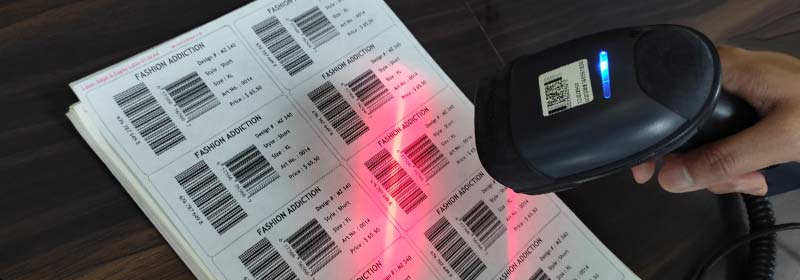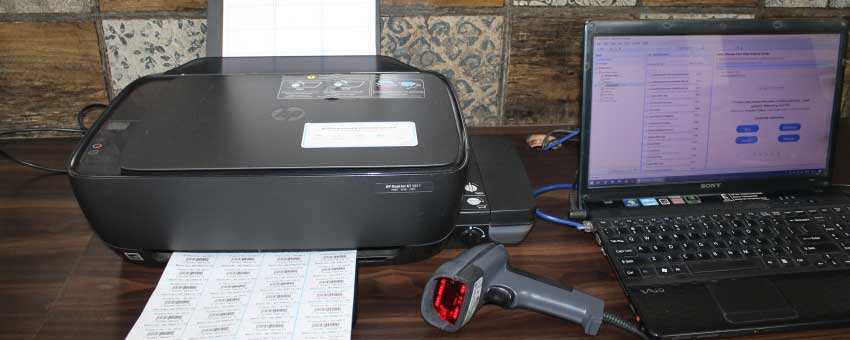👤Posted By: Techsavvy
|📅 Published On: 27/April/2023
How to Train Employees to use Inventory Barcodes
Training your employees to use inventory control barcodes effectively can be a key factor in improving your business efficiency. Here are some tips on how to train your employees:

Download and Install
Inventory Management System Barcode-
Start with the basics:
Before delving into complex barcode systems, ensure that your employees understand the basics of inventory control, including the importance of tracking inventory levels and the impact of inaccurate data.
-
Provide hands-on training:
Give your employees hands-on training using barcode scanners and the inventory management software. This will help them get familiarized with the equipment and system they will be using.
-
Create a barcode scanning guide:
Develop a step-by-step guide that explains how to scan barcodes, interpret data, and identify and correct errors. This guide should be easily accessible and easy to follow.
-
Use real-life scenarios:
Use real-life scenarios that your employees may encounter to help them understand how to use the barcode system in a practical manner. For example, show them how to scan products that are damaged, missing barcodes, or have incorrect barcodes.
-
Encourage practice:
Allow your employees to practice scanning barcodes with sample products until they feel comfortable and confident in their skills.
-
Provide feedback and support:
Provide regular feedback to your employees and offer additional support or training if needed. This will help them feel supported and motivated to use the system effectively.
-
Regularly review and update procedures:
Review and update your inventory control procedures regularly to ensure that they are still effective and relevant. This will help your employees stay up-to-date and prepared to use the barcode system effectively.
Measure the ROI of Implementing Inventory Control Barcodes
Measuring the return on investment (ROI) of implementing inventory control barcodes involves comparing the costs associated with the implementation to the benefits gained. Here are some steps to help you measure the ROI of implementing inventory control barcodes:
Determine the costs associated with implementing the barcode system, including the cost of hardware, software, training, and any additional labour or consulting costs.
Estimate the time and cost savings that the barcode system will provide. This includes reductions in labour costs, increased efficiency and accuracy, and decreased inventory carrying costs.
Calculate the net present value (NPV) of the barcode system over a specified period. The NPV is the present value of the expected benefits minus the present value of the expected costs.
Calculate the internal rate of return (IRR) of the barcode system. The IRR is the discount rate at which the present value of the benefits equals the present value of the costs.
Compare the NPV and IRR to the cost of capital to determine if the barcode system is a worthwhile investment. If the NPV is positive and the IRR is greater than the cost of capital, then the barcode system is likely to provide a positive ROI.
Important Note:
It's important to note that measuring the ROI of implementing inventory control barcodes can be challenging and may require some assumptions and estimates. However, with careful planning and analysis, it's possible to accurately measure the ROI and determine if implementing barcode technology is a worthwhile investment for your business.
